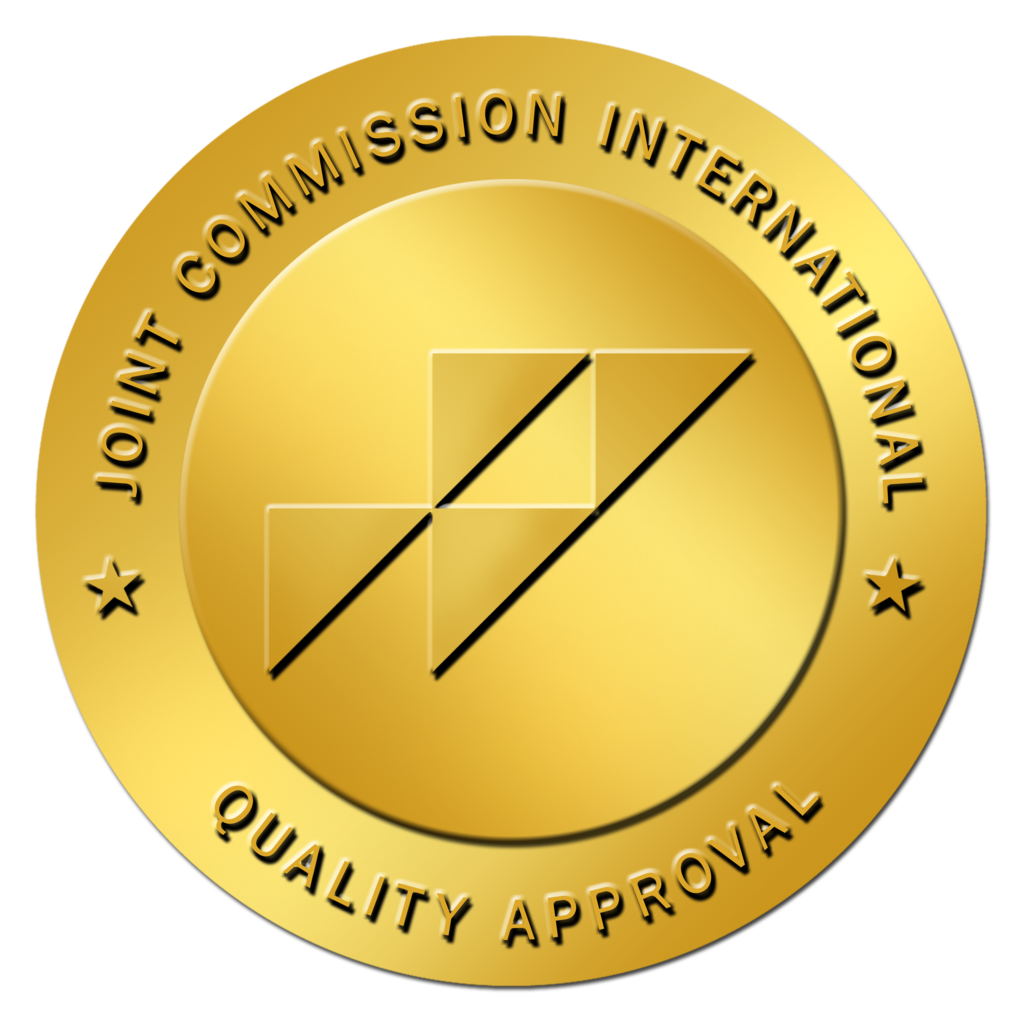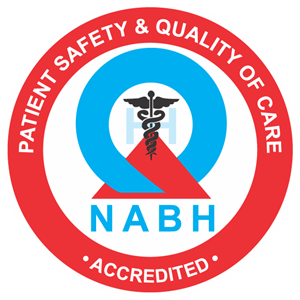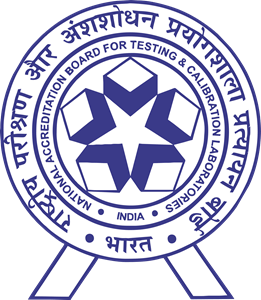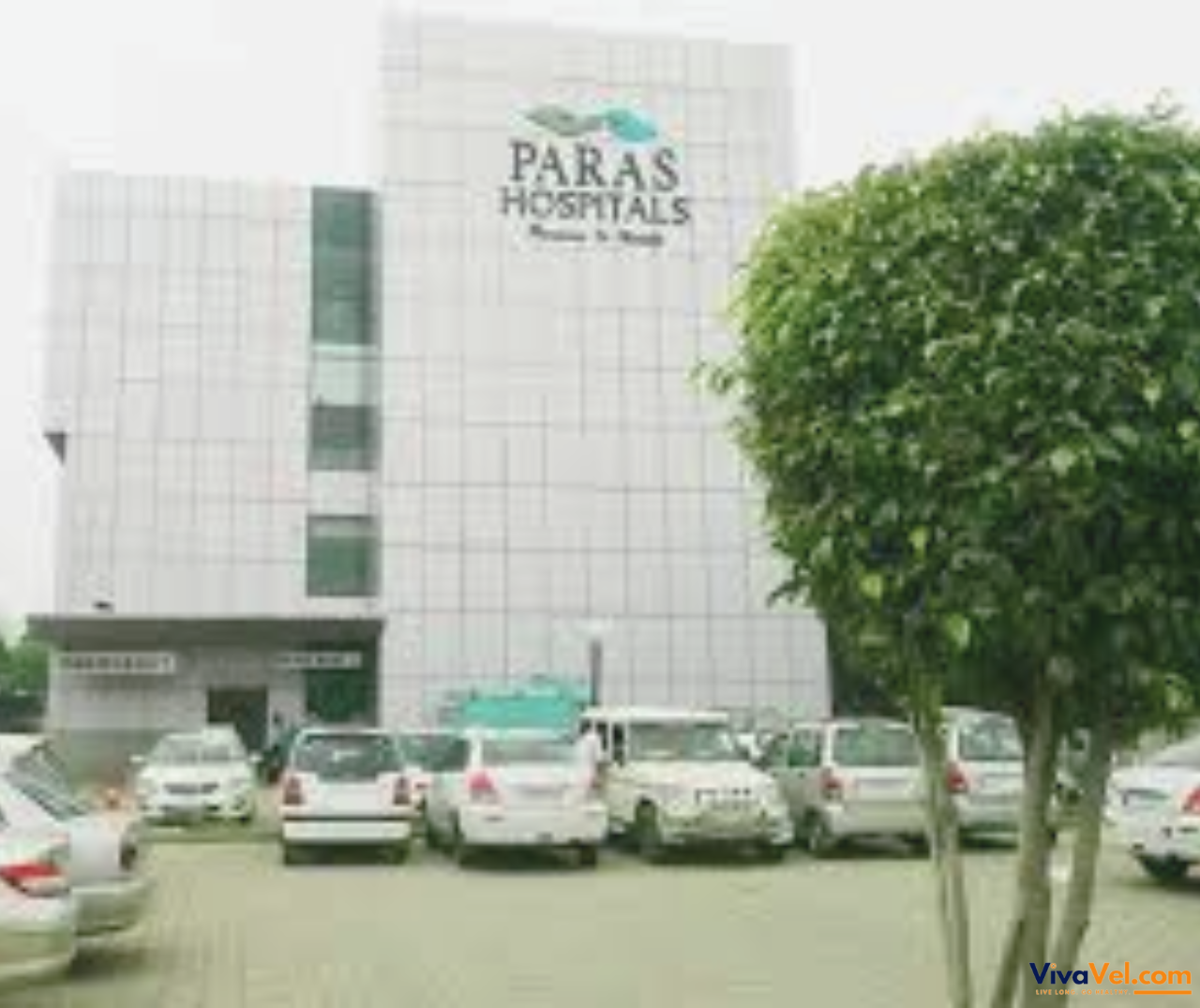info@vivavel.com
+919818262686
+919818262686
 info@vivavel.com
info@vivavel.com +919818262686
+919818262686Arthritis is a common condition that causes pain, stiffness, and swelling in the joints. It can make it hard to move around and do everyday activities, affecting a person’s quality of life. There are many types of arthritis, but the two most common are osteoarthritis (OA) and rheumatoid arthritis (RA).
Osteoarthritis happens when the cartilage (the smooth cushion between bones) wears down over time. This often affects older adults and leads to joint pain, especially in the knees, hips, hands, and spine.
Rheumatoid arthritis, on the other hand, is an autoimmune disease. This means the body’s own immune system attacks the joints, causing inflammation, swelling, and even damage to other organs like the heart or lungs.
While arthritis is more common with age, it can affect people of all ages, even children. One example is juvenile idiopathic arthritis, which affects kids and teenagers.
Doctors diagnose arthritis using a mix of physical exams, X-rays, and blood tests. Treatment depends on the type and how severe it is. Common options include:
Pain relievers and anti-inflammatory drugs
Physical therapy
Lifestyle changes like exercise and weight control
Special medicines for RA, called disease-modifying antirheumatic drugs (DMARDs)
Surgery, in more serious cases
Early diagnosis and proper treatment can help reduce joint damage, ease pain, and improve movement.
Arthritis symptoms can look different depending on the type, but there are some common signs to watch for. If you’re wondering whether your joint pain might be arthritis, here are some common signs to look out for:
Joint Pain
Dull or sharp pain in joints, often in the knees, hands, hips, or spine.
May get worse with activity or after long periods of rest.
Swelling in Joints
The area around the joint may appear puffy, tender, or feel sore to the touch.
Morning Stiffness
Feeling stiff in the joints after waking up or after sitting for a while.
This is especially common in rheumatoid arthritis.
Limited Range of Motion
Difficulty moving joints freely.
Everyday tasks like bending, walking, or gripping may become harder.
Redness and Warmth
The skin over the joint may look red and feel warm due to inflammation.
Fatigue and Tiredness
A general feeling of being tired or weak, often linked with rheumatoid arthritis (RA) and other autoimmune forms.
These symptoms may come and go, affect one or multiple joints, and develop slowly or suddenly. Paying attention to these signs is key to getting an early diagnosis and starting treatment before more damage occurs.

The causes of arthritis can differ depending on the type, but here are some of the most common reasons why people develop joint problems:
Wear and Tear (Osteoarthritis)
Over time, the cartilage that cushions your joints can wear down, especially with aging, repeated movement, or past injuries.
This is the main cause of osteoarthritis, the most common type of arthritis.
Autoimmune Response (Rheumatoid Arthritis)
In rheumatoid arthritis (RA), the immune system mistakenly attacks the body’s own joints, leading to inflammation, swelling, and pain.
Joint Infections (Septic Arthritis)
Sometimes, an infection from bacteria, viruses, or fungi can spread to a joint and cause septic arthritis, a painful condition that needs immediate treatment.
Metabolic Issues (Gout)
Gout is caused by a buildup of uric acid in the blood, which forms sharp crystals in the joints, usually affecting the big toe first.
👉 Note: Other factors like genetics, obesity, and certain jobs that stress the joints can also increase the risk of developing arthritis.
Not all joint pain is serious, but some signs shouldn't be ignored. If you notice any of the following, it’s time to seek medical advice:
Pain or Swelling That Won’t Go Away
If joint pain or swelling lasts more than a few days, it could be a sign of arthritis or another serious joint issue.
Severe Pain That Disrupts Daily Life
Pain that makes it hard to walk, work, or sleep isn’t normal and should be checked by a doctor.
Sudden, Intense Joint Pain with Redness or Warmth
This could be a sign of inflammation or septic arthritis, which needs urgent treatment.
Fever, along with Joint Pain
A fever plus joint pain could point to an infection, especially in children or people with weakened immune systems.
Trouble Moving the Joint Normally
If it’s hard to bend, lift, or use a joint like you usually do, that’s a red flag.
👉 Don’t wait too long—early diagnosis and treatment can prevent joint damage and improve your quality of life.
Getting the right diagnosis is the first step to managing arthritis effectively. Doctors use a combination of physical exams, lab tests, and imaging studies to identify the type and severity of arthritis.
1. Physical Examination
The doctor checks your joints for:
• Swelling, tenderness, or redness
• Warmth around the joint
• Range of motion and joint stiffness
These signs help assess joint health and identify visible inflammation.
2. Imaging Tests
Imaging is crucial to detect joint damage or monitor disease progression:
• X-rays reveal bone changes and cartilage loss seen in osteoarthritis.
• MRI (Magnetic Resonance Imaging) provides detailed images of soft tissues, cartilage, and early joint damage.
• CT scans may be used for complex joint views, especially in the spine or smaller joints.
3. Blood Tests
Helpful in diagnosing autoimmune arthritis like rheumatoid arthritis or lupus. Common tests include:
• Rheumatoid factor (RF) and anti-CCP antibodies
• ANA (antinuclear antibody) test
• ESR (erythrocyte sedimentation rate) and CRP (C-reactive protein) to measure inflammation levels
4. Joint Fluid Analysis
A small amount of fluid is drawn from the affected joint using a needle. The lab checks for:
• Infection (as in septic arthritis)
• Uric acid crystals (a key sign of gout)
• Inflammatory markers or blood presence
5. Other Tests (If Needed)
Depending on the symptoms, doctors may order:
• Ultrasound to detect fluid or inflammation in smaller joints
• Bone scans to spot early joint damage in difficult-to-see areas
Managing arthritis isn’t just about medication—it’s also about making smart daily choices that protect your joints and reduce symptoms. Here's a quick guide:
✅ Do’s
• Stay active – Engage in low-impact exercises like walking, swimming, or cycling to keep joints flexible and reduce stiffness.
• Eat a balanced diet – Focus on anti-inflammatory foods such as fatty fish, nuts, olive oil, berries, and leafy greens.
• Maintain a healthy weight – Losing even a few kilos can ease pressure on joints like the knees and hips.
• Use heat or cold therapy – Apply warm compresses to relax stiff joints or cold packs to reduce inflammation and swelling.
• Follow medical advice – Take prescribed medications, attend therapy sessions, and stick to your arthritis management plan.
🚫 Don’ts
• Don't overdo physical activity – While movement is good, too much strain or high-impact exercise can worsen joint pain.
• Don’t ignore joint pain – Ongoing or worsening pain should not be brushed off—see a doctor early to avoid complications.
• Avoid poor posture – Use ergonomic chairs, braces, or supports if needed, and stay mindful of posture while working or lifting.
• Don’t rely only on medication – Combine treatments with lifestyle changes, physical therapy, and nutritious eating for better long-term results.
Disclaimer:
Our medical content authors have diligently gathered and synthesized information on this topic to offer valuable insights to our readers. Drawing from a range of reputable medical journals and health resources, this content aims to enhance understanding of the subject. It's important to remember that while this information is informative, it should not replace personalized consultation or treatment from a qualified physician. For further details, please refer to our Editorial Policy.
For this topic, our authors used some of the following resources:
Mayo Clinic – Detailed guide on arthritis symptoms and causes.
Johns Hopkins Medicine – Authoritative overview of arthritis types and management.
National Institute of Arthritis and Musculoskeletal and Skin Diseases (NIAMS) – In-depth information on arthritis diagnosis and treatment.
Cleveland Clinic – Expert insights on arthritis diagnosis, treatment, and care.





![]() Pusa Road, Radha Soami Satsang, Rajendra Place New Delhi, 110005 India
Pusa Road, Radha Soami Satsang, Rajendra Place New Delhi, 110005 India



![]() Budena Village, Sector 86, Faridabad, Haryana 121002, India
Budena Village, Sector 86, Faridabad, Haryana 121002, India



![]() Golf Course Rd, Parsvnath Exotica, DLF Phase 5, Sector 53, Gurugram, Haryana Gurgaon, 122022 India
Golf Course Rd, Parsvnath Exotica, DLF Phase 5, Sector 53, Gurugram, Haryana Gurgaon, 122022 India



![]() C-1, Sushant Lok- 1, Sector-43, Phase- I, Gurugram, Haryana, 122002
C-1, Sushant Lok- 1, Sector-43, Phase- I, Gurugram, Haryana, 122002


Dr. Rakesh Kumar is an esteemed Orthopaedic and Joint Replacement Specialist with over 19 years of extensive experience in the field. With more than 13 years dedicate...

Dr. Yuvraj Kumar has vast experience in joint replacement and spine surgery. He specializes in treating conditions related to the musculoskeletal system, including disorders ...

Dr. Vikash Kapoor is a distinguished Senior Consultant Orthopedic Surgeon with an extensive track record of over 8,000 successful orthopedic procedures. He serves as ...

Dr. Saif Nabi Shah is a highly skilled Orthopedic and Joint Replacement Surgeon with 17 years of experience in the field. He specializes in complex intra-articular is...

Dr. Dharmendra Singh is a highly skilled orthopedic surgeon and Director of the Institute of Musculoskeletal Disorders and Orthopedics at Medanta Lucknow. Before his ...

Dr. Rajiv Chatterjee is a distinguished Orthopedic Surgeon with over 32 years of experience practicing in Kolkata. He specializes in various surgical procedures,...
Treatment Plan & Cost within 2 days
